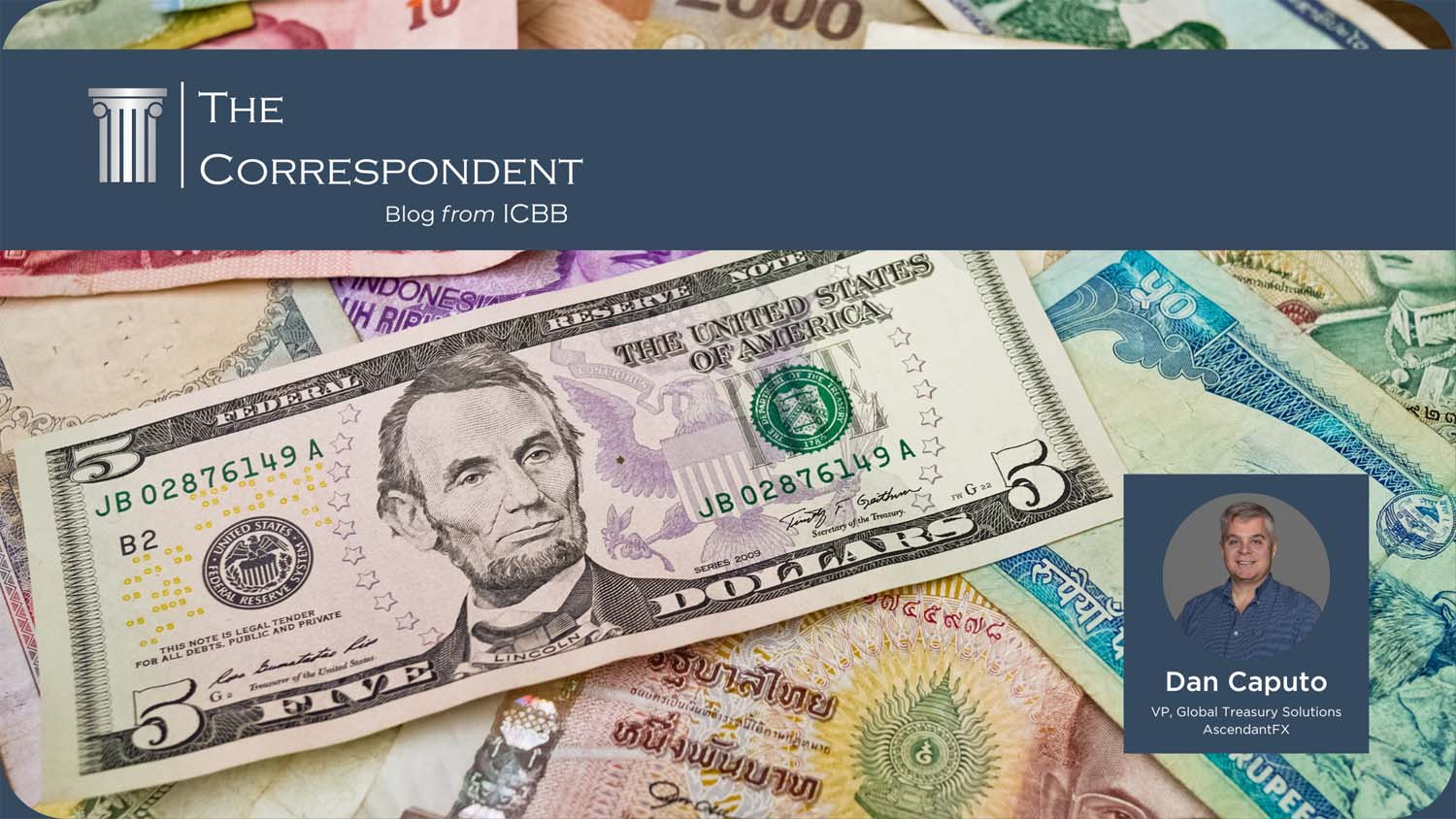US Dollars is a trusted reserve currency throughout the world, and consumers and businesses alike regularly send international wires in U.S. Dollars. In most cases, the ultimate recipient of the funds does not hold a USD account, requiring the transaction to be converted to local currency by the foreign bank. This can be expensive and time consuming for both the wire remitter and the recipient.
Let’s look at the process of sending an international wire transfer. The sender has two options: send the payment in the recipients’ local currency, or in USD.
Sending the Wire in Local Currency
The sender’s first option is to send a wire in foreign currency the exact amount of the local currency is credited to the ultimate beneficiary and credited to their account.
When an international wire is sent in the payee’s local currency, AscendantFX instructs the account holder bank to make a local transfer to the payee’s bank. This minimizes any bank fees, and AscendantFX has arrangements with its FX clearing banks that it will absorb any processing fees they might normally assess. This provides the sending party with the comfort that there should be no intermediary bank fees deducted, and that the payee should receive the exact amount that the receipt shows at the time of wire initiation.
Sending the Wire in USD
Sending international wires sent in USD involves sending a wire to a US intermediary bank. The foreign bank holds a USD account at the intermediary bank, who then notifies the foreign bank of the credit and the ultimate account holder details. The local bank then manually converts that USD into the local currency at a rate it determines, which gives the local bank control over the exchange process. This manual process can also cause delays in the credit being applied to the final account.
For providing this service, the intermediary bank will assess a “lifting fee,” sometimes referred to as a bene deduct (beneficiary deduction). The foreign account must be a USD account for the USD to be credited. The foreign bank will convert the funds to the local currency at a rate it decides. Neither the wire initiator nor the payee knows how much will be received until funds are credited to the account. The payee receives less due to the intermediary bank fees deducted along the way, as well as there being uncertainty about the exchange rate. A common industry practice for Reg E disclosures for consumer transactions is to estimate these bank fee deductions made to international wires in USD at $50 per wire.
When to Send Wires in USD
There are some circumstances where sending an international wire in USD is recommended. A few examples include:
1) the foreign account holder has specifically advised that it maintains a USD account in its country, and wants to receive USD, or
2) where the payment is going to a country where incoming international wires in USD are preferred, due to the lack of a liquid clearing system or other restrictions on incoming wires, such as China, or
3) when a country’s currency is not currently available, such as Ukraine (due to the war)
Information is critical when it comes to deciding how to send international payments. The best and most accurate information should come from the foreign account holder. They should provide the sender with the currency and detailed payment instructions for their account to make the most efficient and cost-effective transfer.

